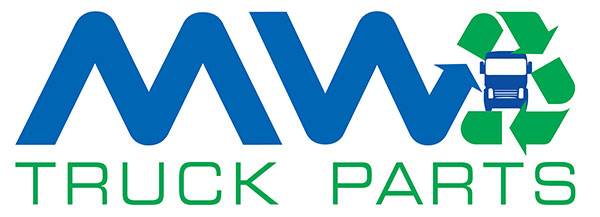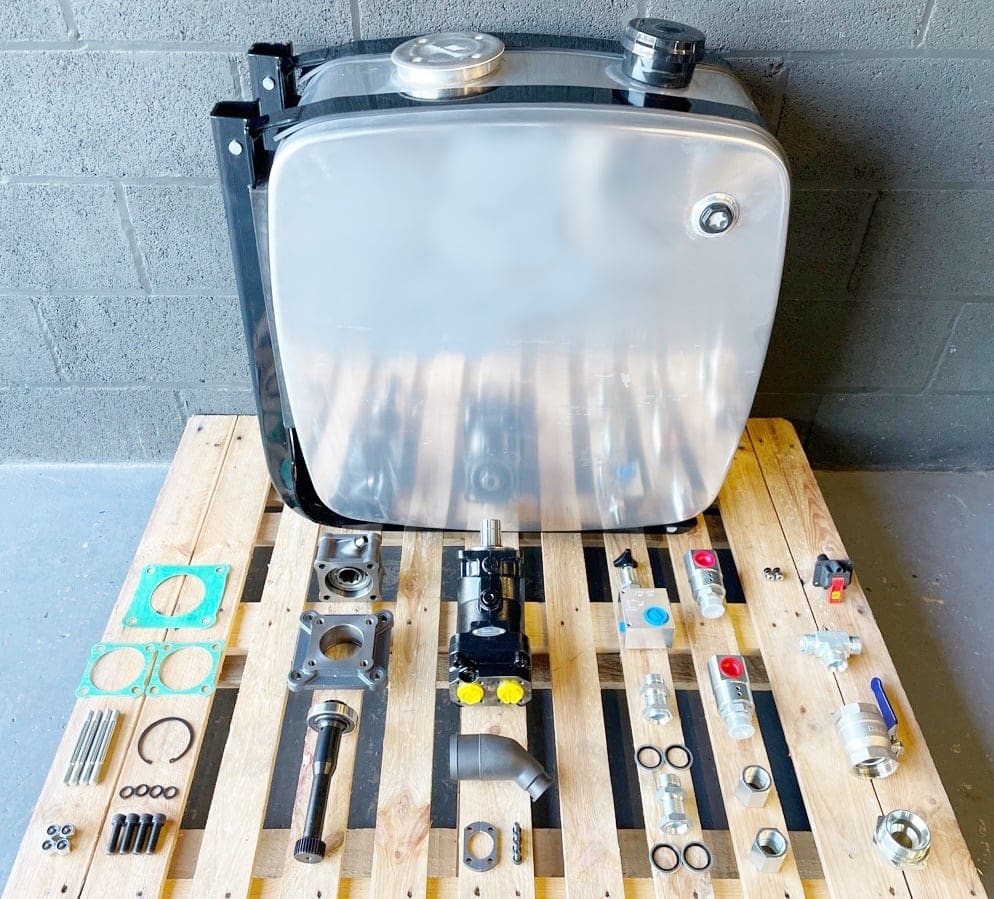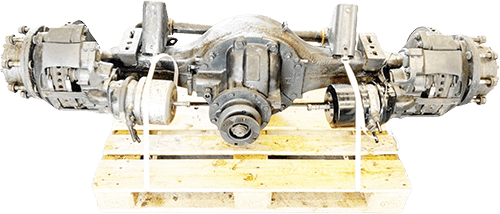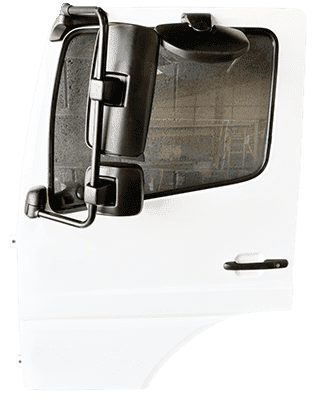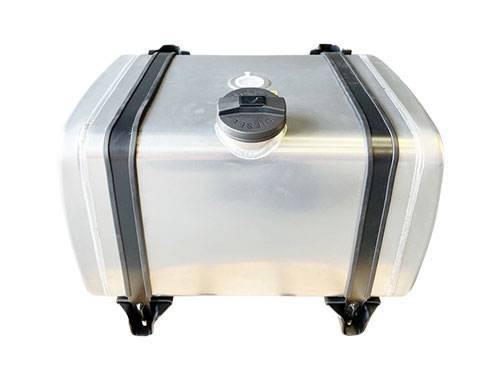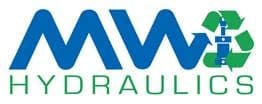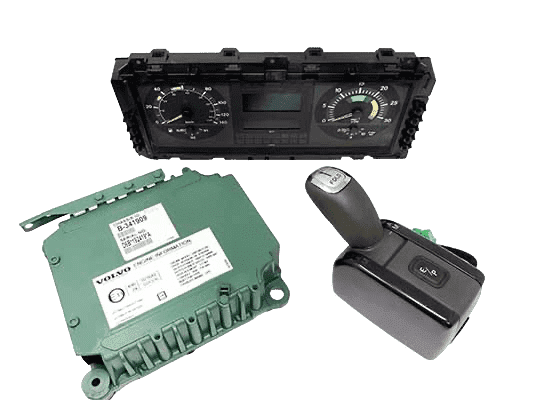Selecting the right walking floor wet kit for your truck is crucial for efficient and reliable hydraulic operations.
An adequately specified wet kit can make all the difference whether you’re hauling bulk materials or need a versatile loading/unloading system.
Here’s what to consider when choosing a walking floor wet kit:
Compatibility
You need a waking floor wet kit designed for your truck.
For instance, a wet kit for a Volvo FH/FM Euro 6 won’t necessarily work with a Scania P Series. Check the manufacturer’s specifications for gearbox compatibility, such as “AT2612 E I-Shift” for Volvo or “GRS 925 Manual & Opticruise” for Scania.
Related: A quick guide to retrofitting a truck wet kit
System type
Walking floor wet kits come in single-line or twin-line configurations.
Twin-line systems offer greater control and are ideal for powering individual tools like cranes or compressors (best for most walking floor applications).
Hydraulic oil tank capacity
The oil tank’s capacity determines how long your system can operate before overheating.
A 200-litre aluminium tank is standard for many walking floor applications. When selecting tank size, consider factors like duty cycle and ambient temperature.
Pump Specifications
The hydraulic pump is the heart of your wet kit. Key specifications to consider include:
- Displacement: e.g. 108 litres/1000 RPM
- Working pressure: for example, around 350 BAR
- Maximum pressure: usually 400 BAR
- Speed range: e.g. 1700 RPM continuous, 1900 RPM maximum
A bent-axis piston pump is often preferred for walking floor systems due to its efficiency and ability to handle high pressures.
Related: Specifying the correct wet kit to power hydraulic equipment
PTO (Power Take-Off)
Your PTO must be compatible with your truck’s transmission and have a rating suitable for the required torque. For example, a standard specification might be:
- Mounting: Rear
- Control: Pneumatic
- Ratio: 1/1
- Torque: 245 Nm
Additional components
Look for these components in your complete walking floor wet kit:
- Inline pressure relief valve (e.g. 1″ BSP 50-380 Bar Variable)
- PTO air switch (e.g. Max Pressure 10 Bar, Min Pressure 5 Bar)
- Necessary fittings and adapters (e.g. rotary swivel couplings, ball valves)
Related: What is a pre-assembled hydraulic wet kit?
Quality and durability
High-quality components that can withstand the demanding conditions of truck operations are worth their weight in gold. Look for features like:
- Stainless steel construction for valves
- 25-micron internal hydraulic filters
- Filler cap breathers with air filter elements
Installation and support
While many wet kits come as ready-to-run packages, proper installation and support from your supplier are crucial. Consider:
- Availability of qualified engineers for installation
- Manufacturer support and warranty
- Compatibility with dealer-fitted PTO switches and programming
Price and Value
It’s tempting to choose the cheapest option but consider the long-term value of greater reliability and performance from your wet kit.
A high-quality wet kit from a reputable supplier may cost more upfront, but it can provide better reliability and longevity, reducing downtime and maintenance costs.
If you’re unsure about any aspect of choosing or installing a wet kit, call 01262 601600 for advice from our team.
Further reading: How hydraulic wet kits work on trucks






